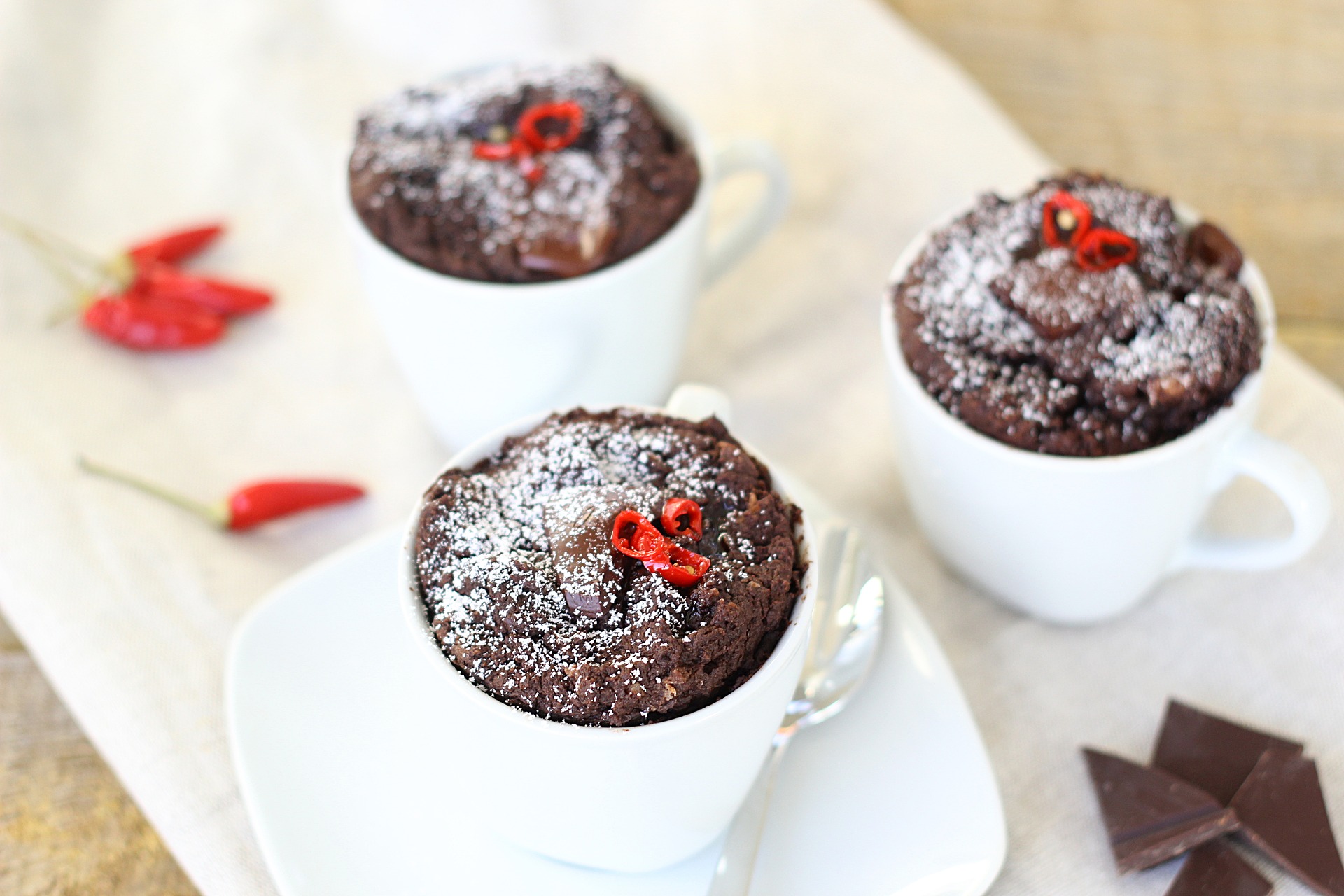There are a number of symptoms that prompt me to recommend hormone testing—such as chronic fatigue, mood changes, stress intolerance, sleep disturbance, fertility challenges, weight gain, acne, hair loss, and menstrual problems like heavy periods or irregular bleeding. Hormone testing can be the key to unlocking some of these problematic issues. Depending on the type of testing used, we can get a good window into the hormonal picture, which can help refine treatment recommendations to be more precise and aimed toward the origins of the imbalance.
TESTING METHODS
There are three main methods of hormone testing: serum, urine and saliva.
Serum hormone testing can be a good first assessment of estrogen, progesterone, DHEA and testosterone to look for overt imbalances. This is the type of testing typically used in conventional medicine offices. Serum testing is well validated, and I use it when I think it will be helpful, often as a ‘first-look’ at hormonal status and when looking for frank imbalances.
Salivary hormone testing is used in many functional medicine offices. For sex hormones, I almost never use salivary testing because it is not as precise as urine or blood testing. On the other hand, for adrenal testing, salivary cortisol is considered a reliable assessment of adrenal output. When performed correctly, it can indicate whether cortisol rises appropriately upon awakening and falls appropriately at night. However, if there is an imbalance in cortisol clearance (rather than cortisol production), salivary results can be misleading, veering someone toward to misdirected therapies.
For a more nuanced assessment of hormone levels, I generally prefer urine testing, which can detect individual hormone levels as well as hormone metabolites. Metabolites provide an indication of how quickly or slowly the body is moving hormones out of circulation. In the case of cortisol, it can identify the difference between a dysfunction in hormone production or issues with clearance. In the case of sex hormones, urine metabolites provide a window into hormone conversion and detoxification pathways. It can reveal whether hormones are preferentially transformed into either more protective or problematic metabolites in terms of potency and risk. When using hormone therapy, we can help identify whether someone is being over or under-treated, and whether steroid hormones are being safely metabolized.
In my experience, urine testing provides the most holistic and reliable assessment of hormonal status. While testing isn’t always essential to addressing hormone balance, I find it helps refine our understanding and provide quantitative data to track progress. This information it provides can help pinpoint therapeutics to address current health concerns and prevent future issues.
For a more technical look and information about the specific lab I use, read on.










